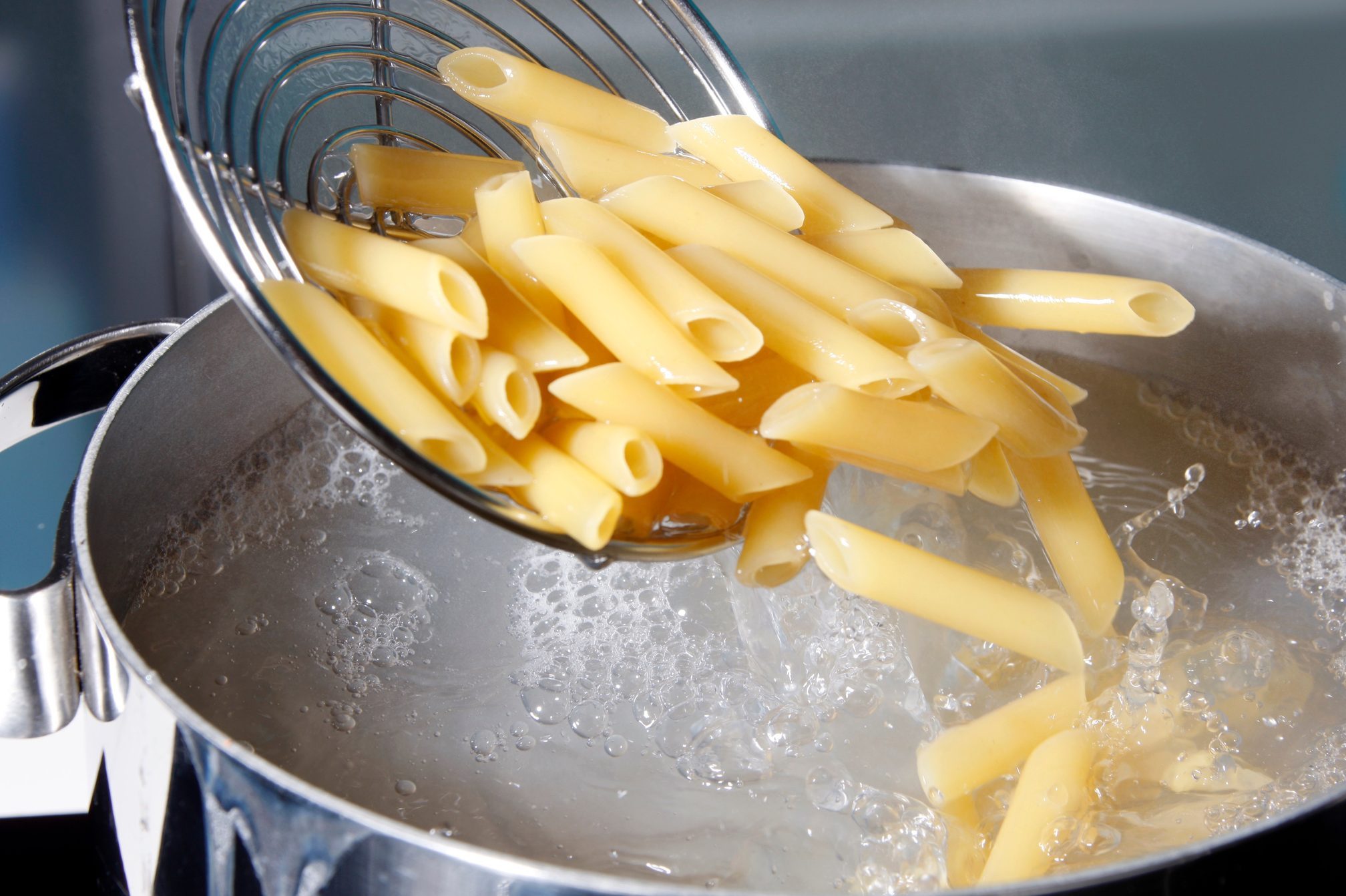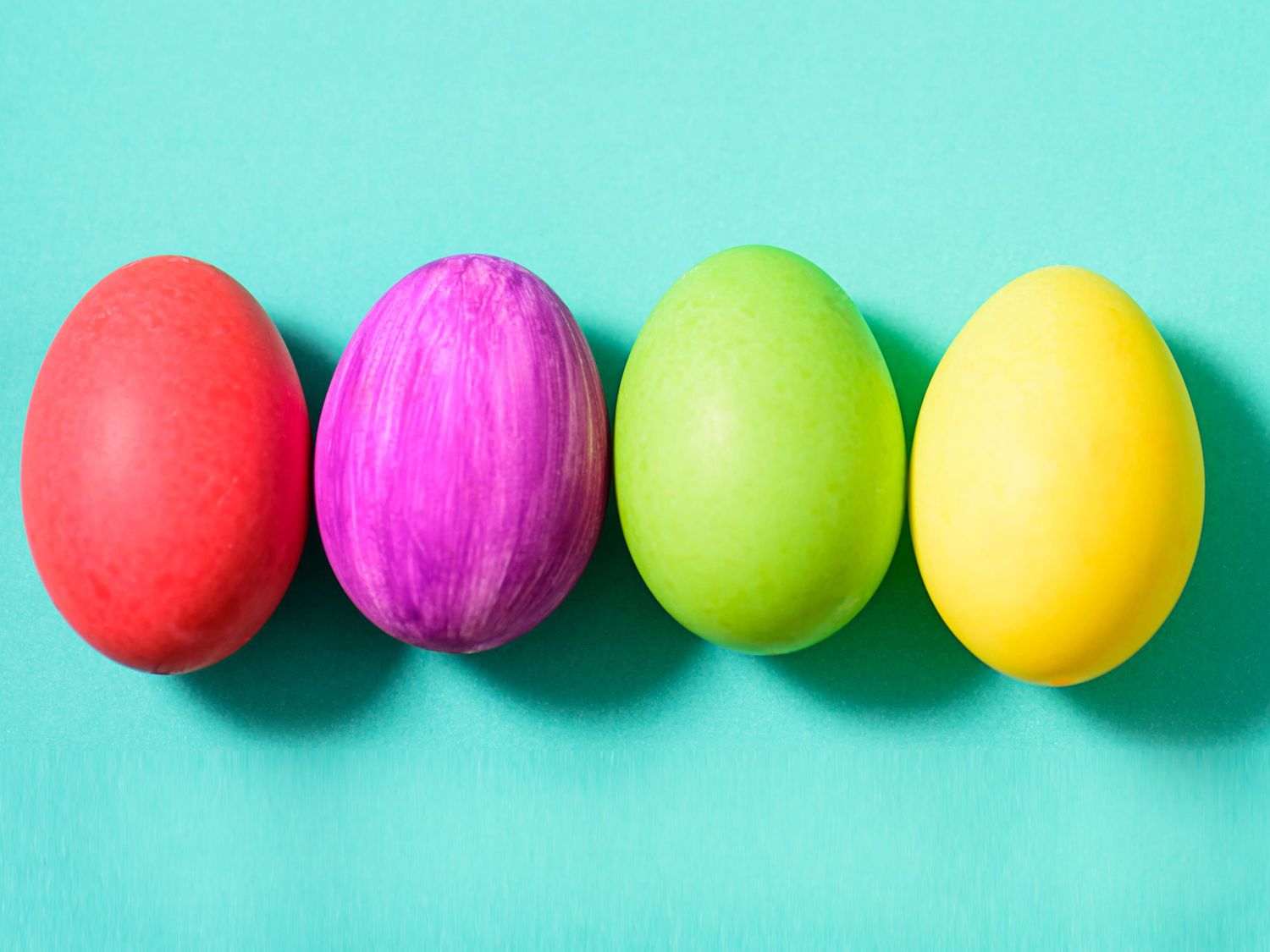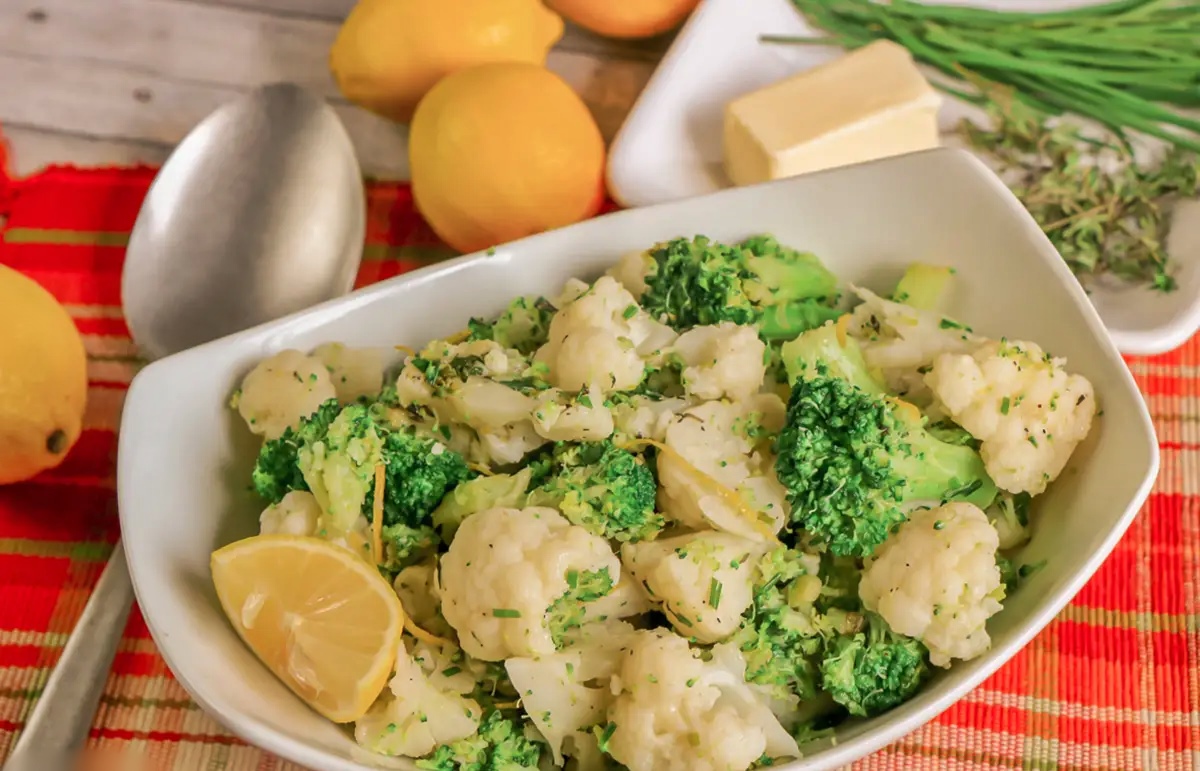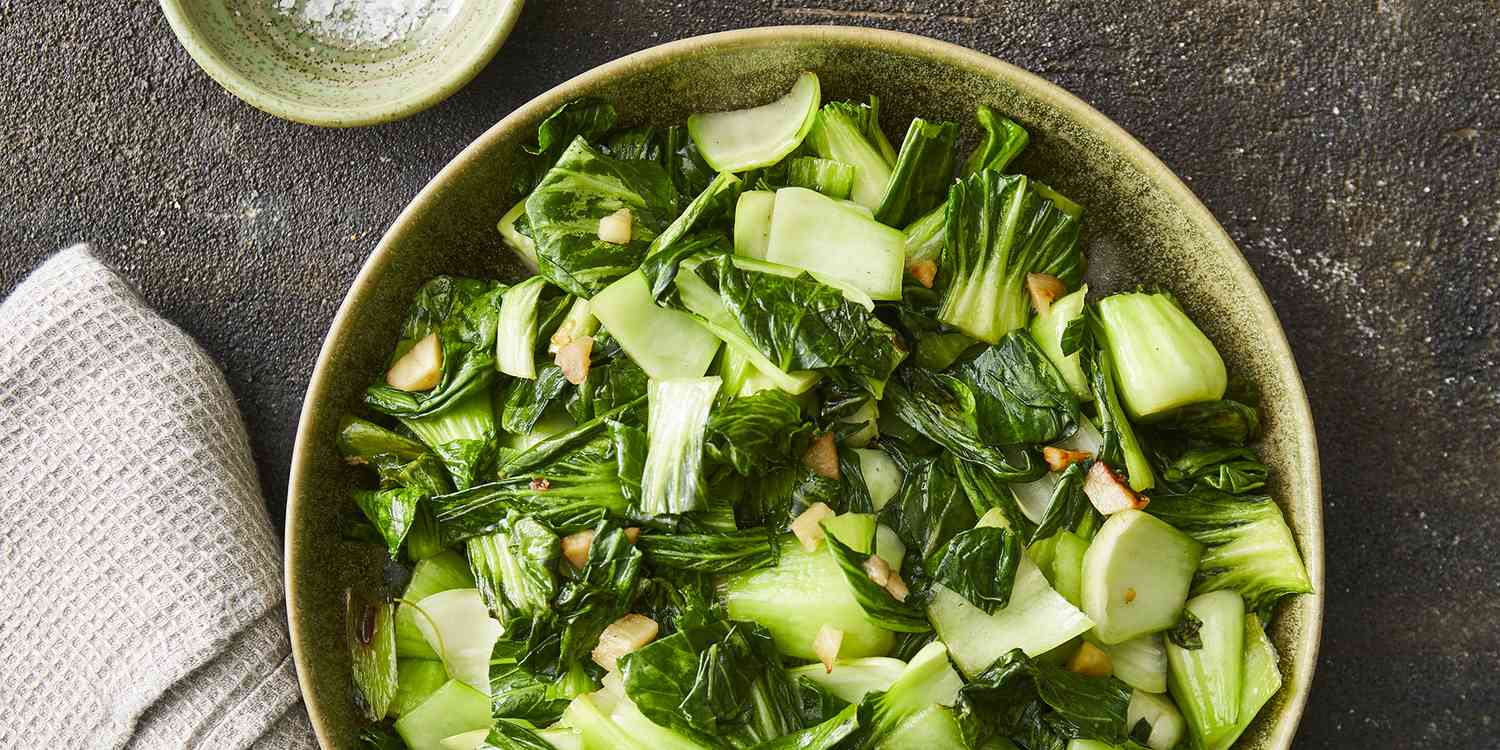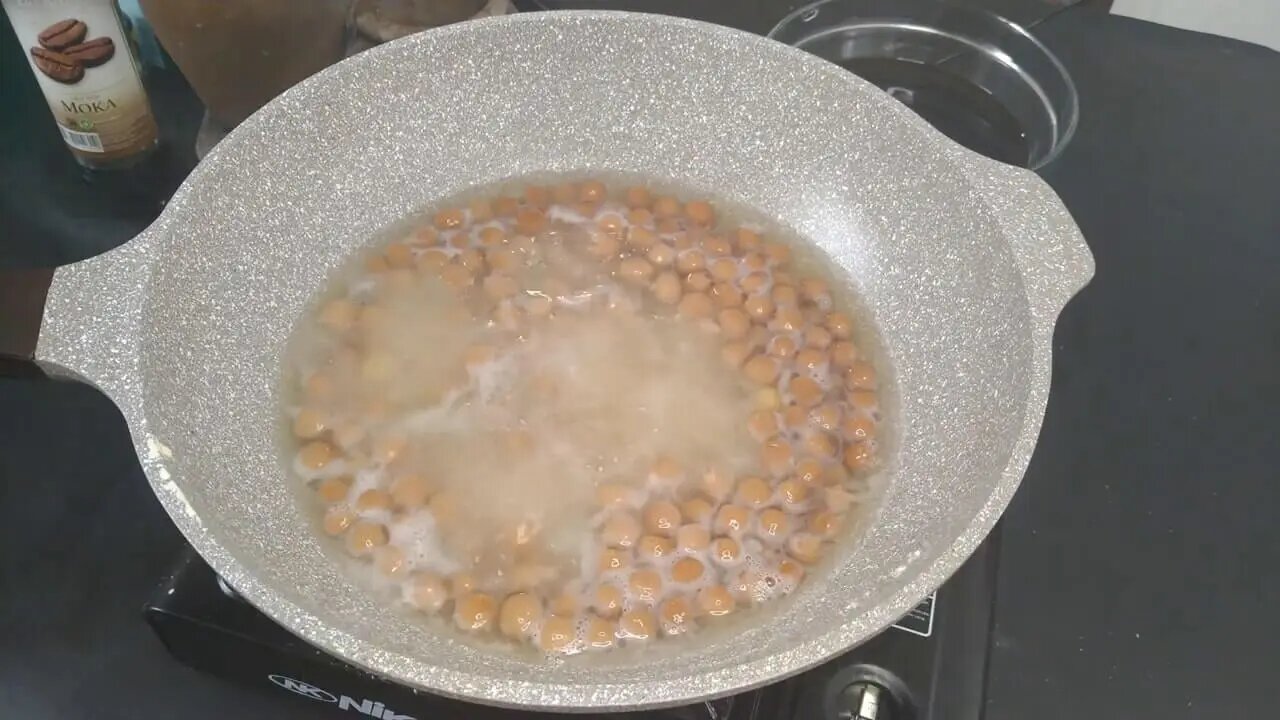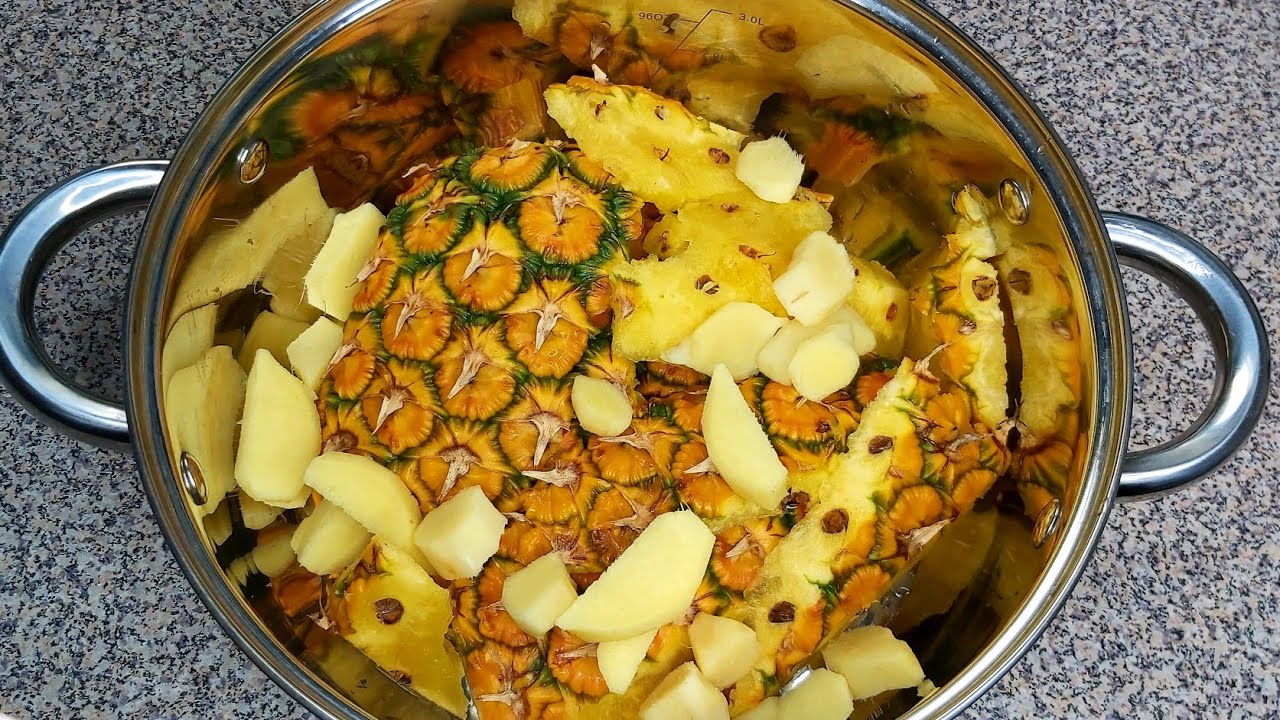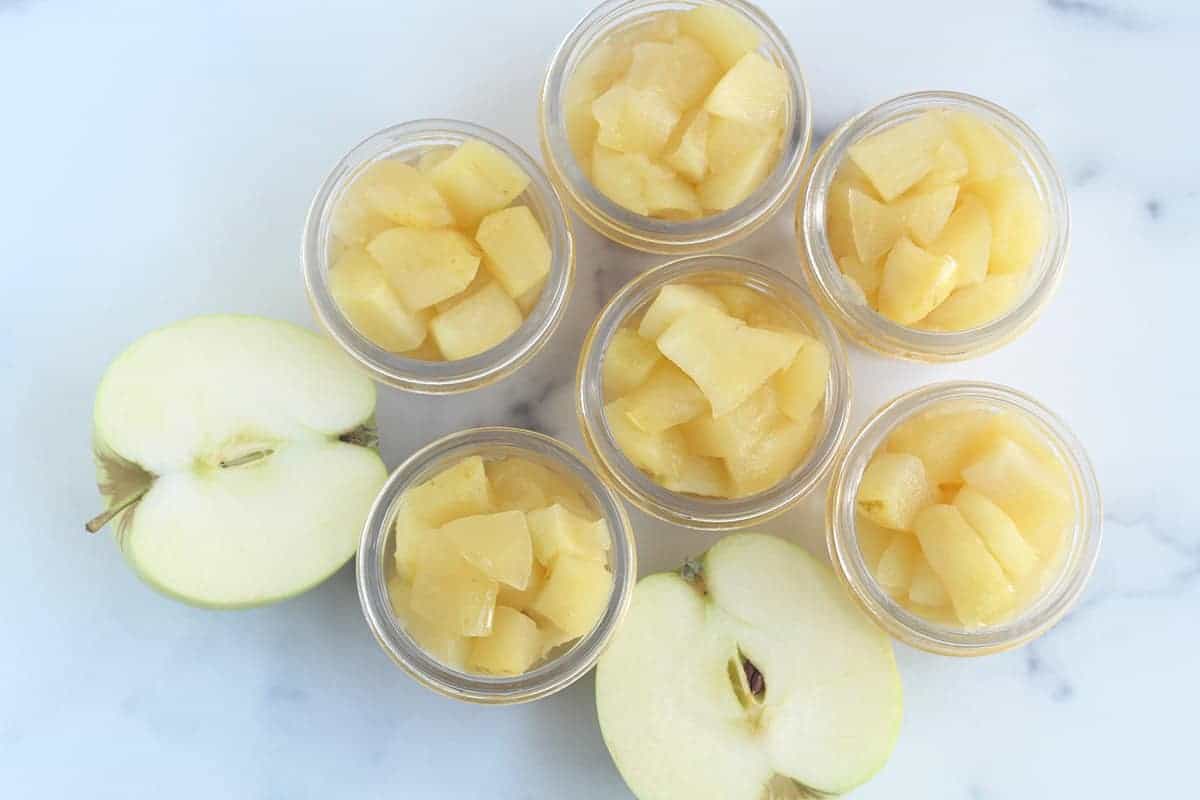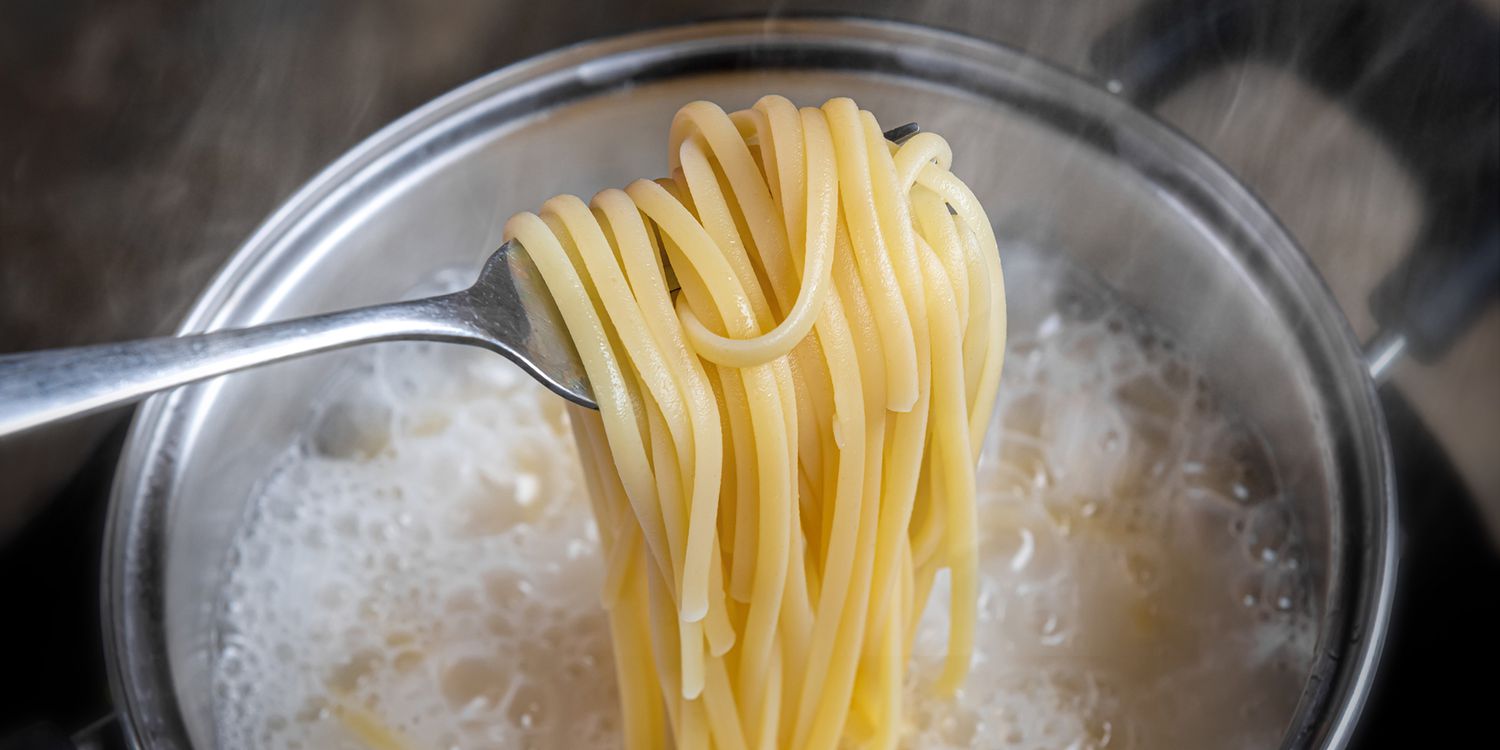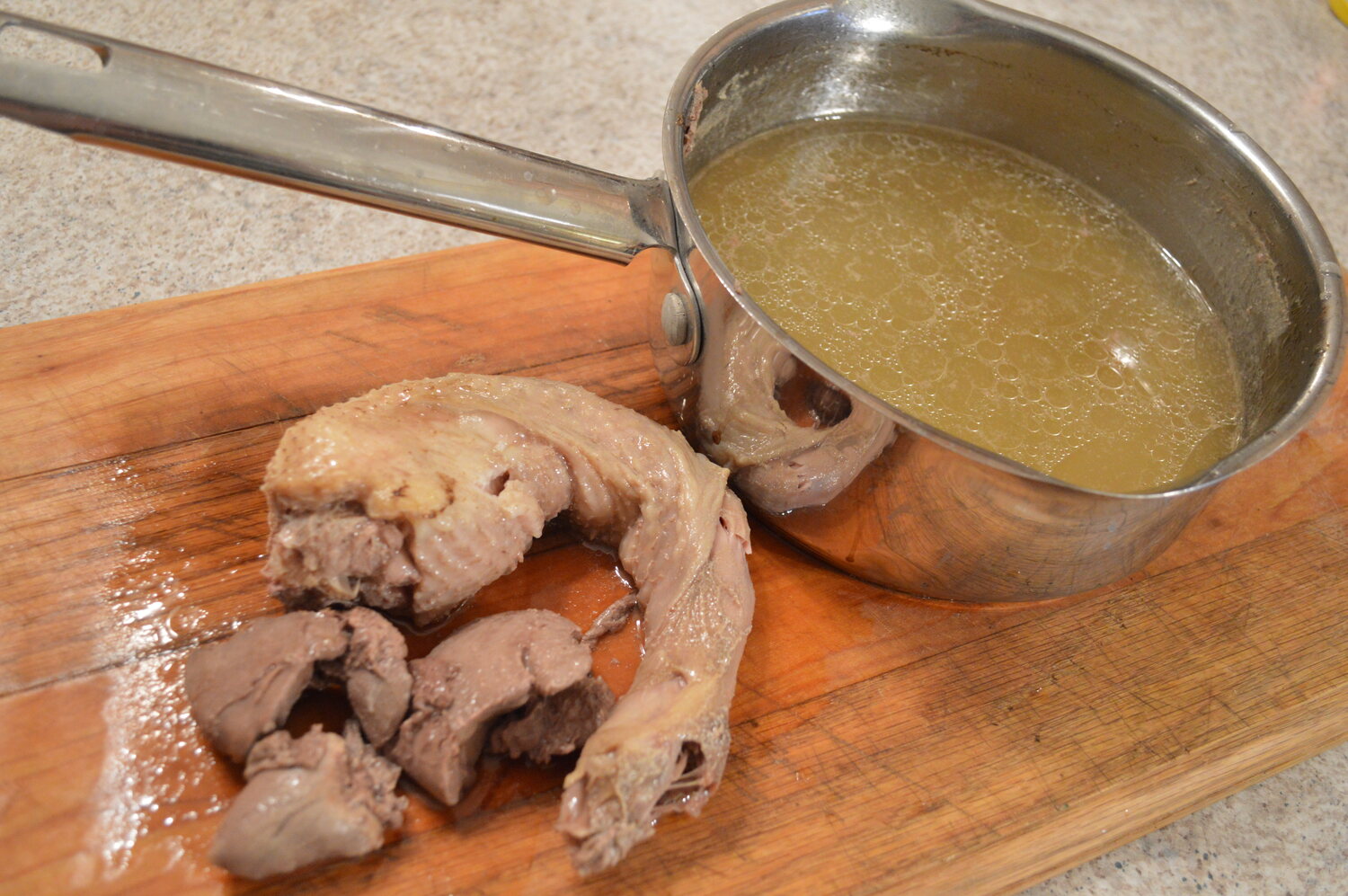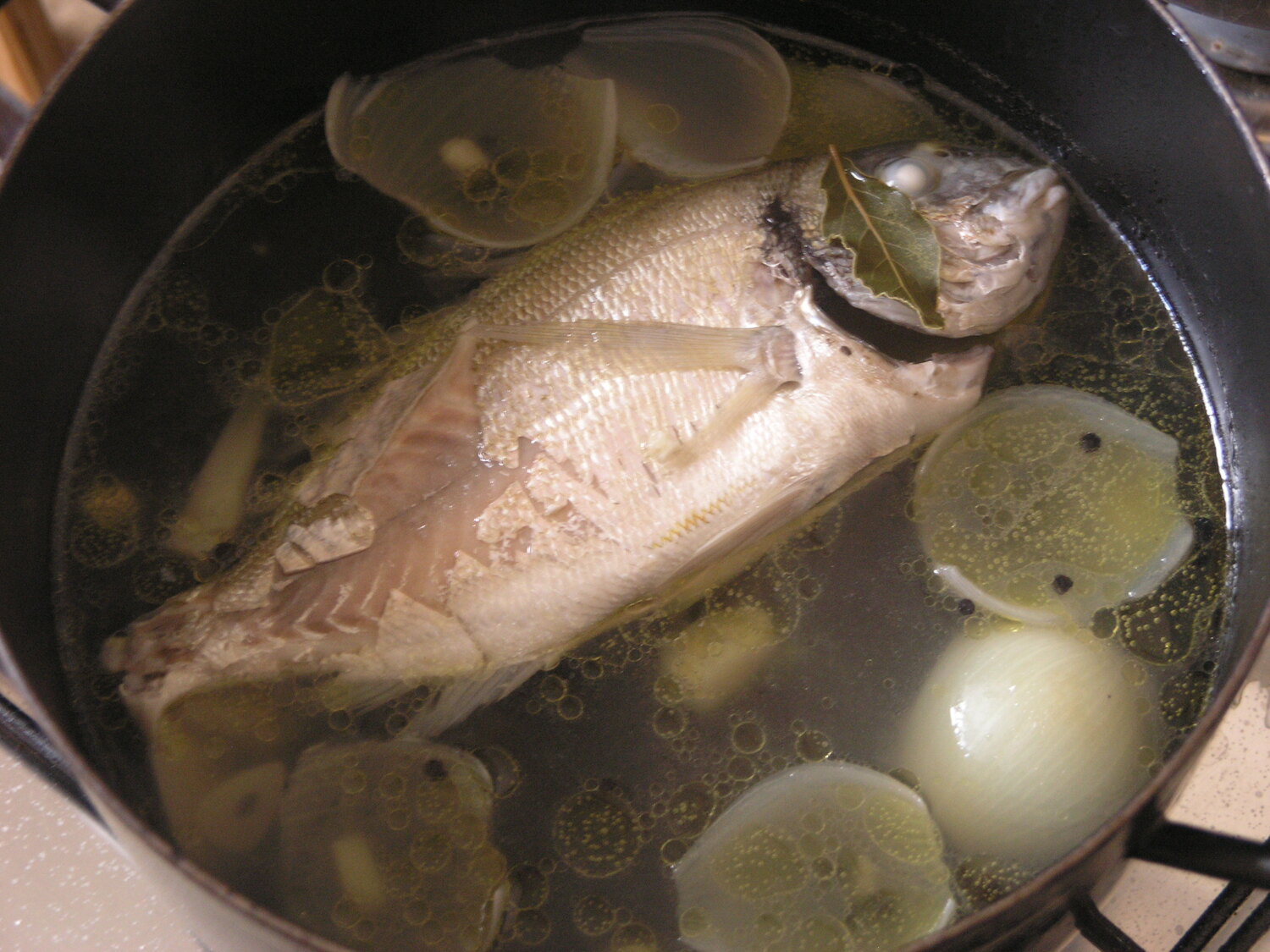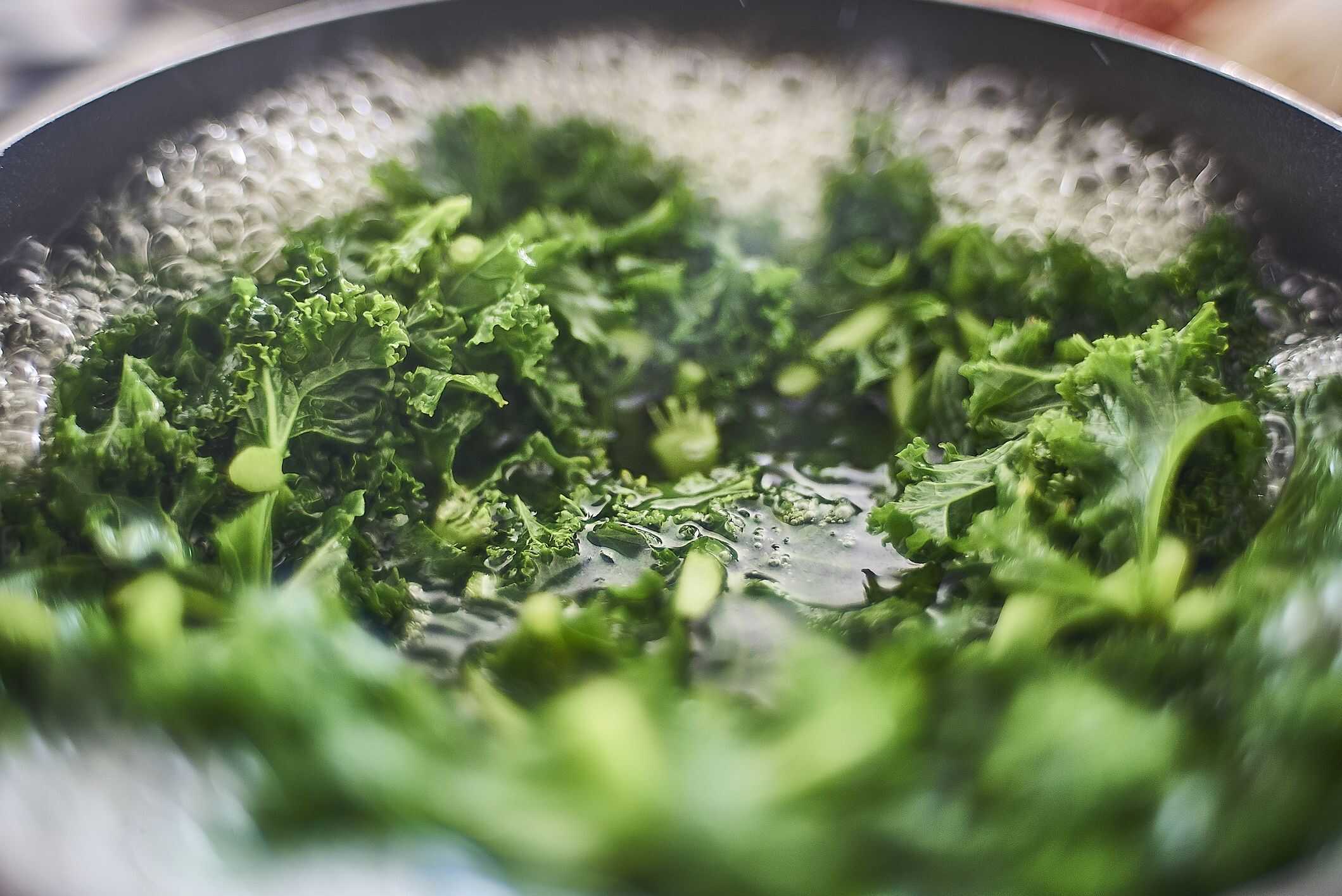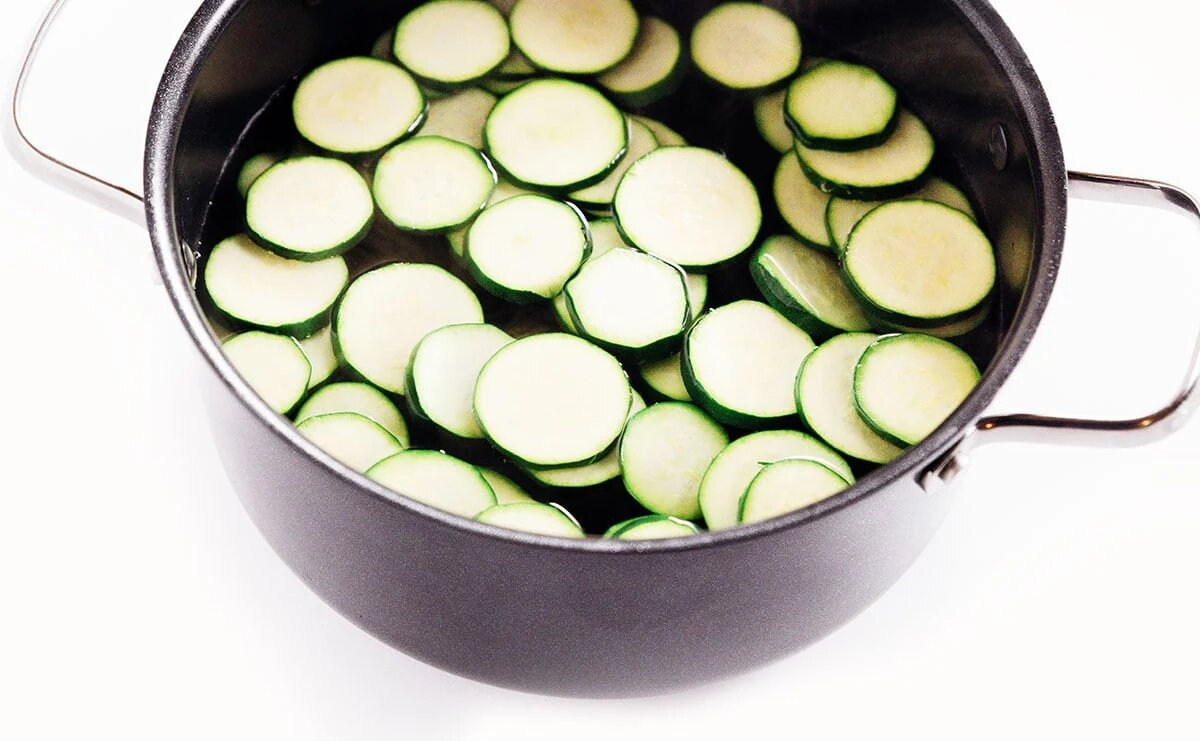Unlock the Secret to Perfectly Boiled Cabbage for Delicious Cabbage Rolls
Are you ready to wow your dinner guests with delicious homemade cabbage rolls? Look no further! In this step-by-step guide, we’ll reveal the secret to boiling cabbage to perfection, ensuring your cabbage rolls are a culinary masterpiece.
Why is boiling cabbage important?
Boiling cabbage is a crucial step in making cabbage rolls. By boiling the cabbage, you soften the leaves, making them pliable and easy to roll. Additionally, boiling removes any bitterness from the cabbage, enhancing its natural flavors.
Let’s get started!
Follow these simple steps to boil cabbage like a pro:
- Choose the right cabbage: While any type of cabbage can be used for cabbage rolls, we recommend using a medium-sized green cabbage. Its leaves are sturdy enough to hold the filling but still tender when cooked.
- Prepare the cabbage: Remove the outer leaves of the cabbage and give it a quick rinse under cold water. This will ensure that any dirt or impurities are washed away.
- Boil the water: Fill a large pot with water and bring it to a rolling boil. You want enough water to fully submerge the cabbage.
- Add salt: Once the water is boiling, add a generous amount of salt. This will season the cabbage as it cooks and enhance the flavors.
- Blanch the cabbage: Carefully place the whole cabbage head into the pot, ensuring it is fully submerged. Let it boil for 8-10 minutes, or until the outer leaves begin to loosen.
- Peel the cabbage leaves: Using tongs or a slotted spoon, remove the cabbage from the pot and place it on a cutting board. Gently peel off the softened outer leaves one by one. Be careful not to tear them.
- Repeat the process: Return the remaining cabbage head to the pot and continue boiling for another 8-10 minutes. Repeat the peeling process until you have enough cabbage leaves for your desired number of rolls.
Tips for success:
- Be mindful not to overcook the cabbage, as it can become too soft and difficult to handle when rolling.
- For larger cabbage rolls, you can use two overlapping cabbage leaves to create a sturdy base.
- Save the tender inner leaves to use for other recipes, such as salads or stir-fries.
- If you prefer a milder flavor, blanch the cabbage for a shorter time.
- Remember to let the boiled cabbage cool slightly before using it to wrap your filling, as this will make the process easier.
Now that you’ve mastered the art of boiling cabbage, you’re ready to create delectable cabbage rolls that will impress everyone at your table. Whether you prefer a traditional ground meat filling or a vegetarian option, the perfectly boiled cabbage leaves will wrap your creation in a tender embrace. Enjoy!
Was this page helpful?
Read Next: How To Boil Water In Coffee Maker
